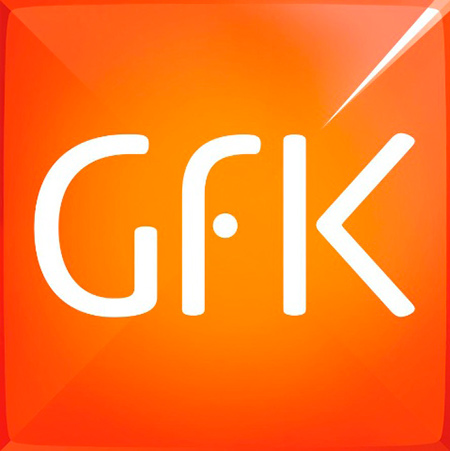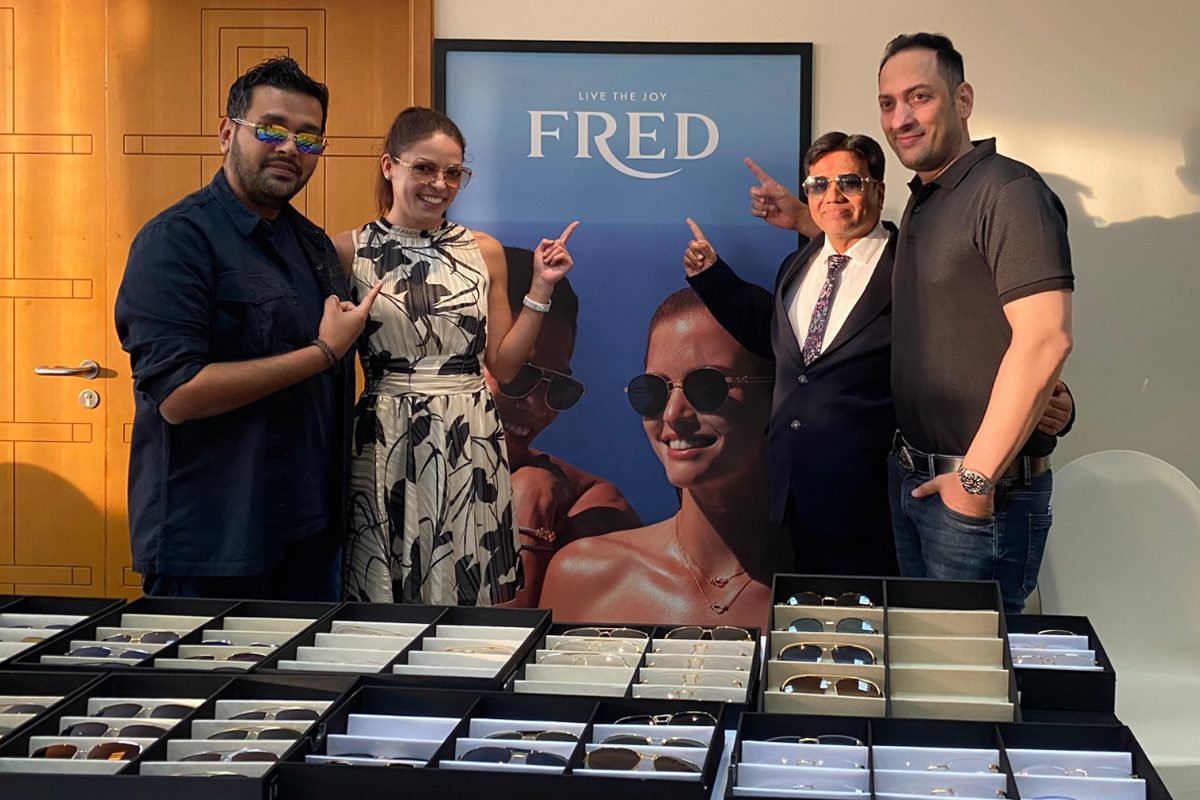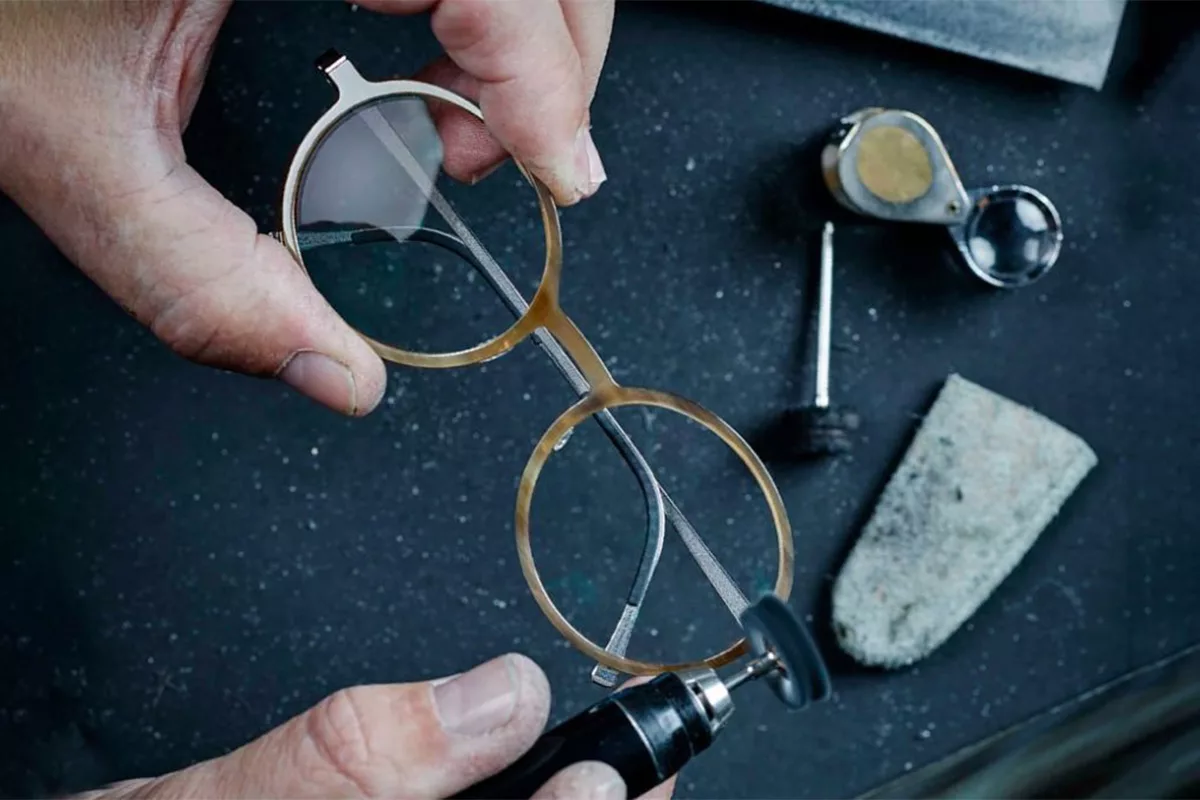Beauty lenses continue to grow in demand; more users buying dailies
 Contact lens users in the six key markets of China, Malaysia, South Korea, Taiwan, Hong Kong and Singapore bought more contact lenses in 2012 to fuel growth of the market by nearly seven percent over the previous year. According to GfK Asia’s findings for 2012, South Korea is the biggest contact lens market in the region in terms of value of garnered contact lens sales, accounting for nearly two-fifth (38%) of this total worth, followed by Taiwan at 20 percent.
Contact lens users in the six key markets of China, Malaysia, South Korea, Taiwan, Hong Kong and Singapore bought more contact lenses in 2012 to fuel growth of the market by nearly seven percent over the previous year. According to GfK Asia’s findings for 2012, South Korea is the biggest contact lens market in the region in terms of value of garnered contact lens sales, accounting for nearly two-fifth (38%) of this total worth, followed by Taiwan at 20 percent.
In conjunction with the recent MIDO Optical Fair 2013 which took place at Fieramilano exhibition centre near Milan, GfK reported the latest retail audit results of the optical industry across several regions globally, including parts of Asia, USA and key countries in Europe. Findings uncovered Asia as the fastest growing region for the contact lens market last year compared to the rest.
“Compared to the optical industry in the west which is considered matured, Asia is still a developing region with room for significant growth potential,” highlighted Jasmine Lim, Account Director for Lifestyle products at GfK Asia. “We are still witnessing changing consumer trends and strong demands in some contact lens segments which are spurring the industry’s performance on a regional scale.”
Spherical and beauty lenses—the two biggest segments contributing 45 and 25 percent of the total contact lens sales value continue to be the key growth generators. The market for beauty lenses which consists of colored and limbal ring lenses expanded nearly 5 percent, driven largely by strong demand for the latter type of contact lens. Limbal ring lens contribute to around a quarter of total contact lens value sales in the individual markets of South Korea, China and Taiwan. In Singapore, Malaysia, and Hong Kong, the fast growing segment also registered spikes in demand of 62, 51 and 34 percent in 2012.
“Limbal ring has risen significantly in popularity in recent years and is still growing, popularized by Asian pop culture where many female Korean and Taiwan celebrities are seen wearing it to enhance their looks,” observed Lim. “In fact, the limbal ring has become the more sought after cosmetic contact lens type, with increasing number of manufacturers today entering the market to cater to this growing demand.”
In terms of replacement frequency, dailies have grown by around 14 percent over the past year, signifying the growing importance placed on hygiene and convenience—the two key benefits of using dailies over the others with longer replacement frequency. In 2012, over half (55%) of the total market across the region was contributed by sales of dailies.
Another contact lens type which is increasingly popular is silicone hydrogel. Last year, consumers across the six markets spent over USD 120 million on this segment which made up 15 percent of the total value of the contact lens market.
“The rising affluence and more informed society these days signify that consumers are willing to spend more to enjoy greater level of comfort and convenience; affirmed by the rising acceptance of silicone hydrogel lens in this part of the world,” commented Lim. “At the recent Shanghai International Optics Fair, a leading Korean contact lens manufacturer launched the first SFDA approved silicone hydrogel daily disposable in the Chinese market—a sure sign that lens manufacturers are capitalizing on the growing potential of this segment. We can be sure that it will be one of the key drivers of growth for the contact lens industry in the years to come,” concluded Lim.










